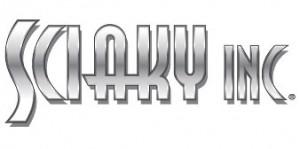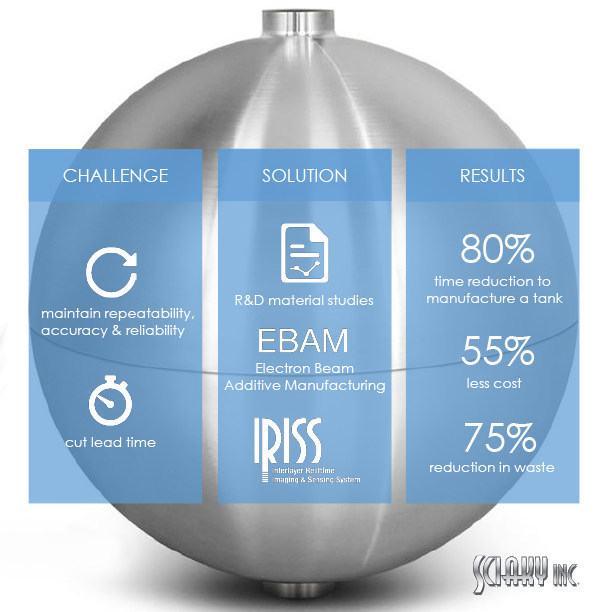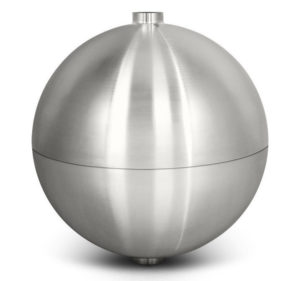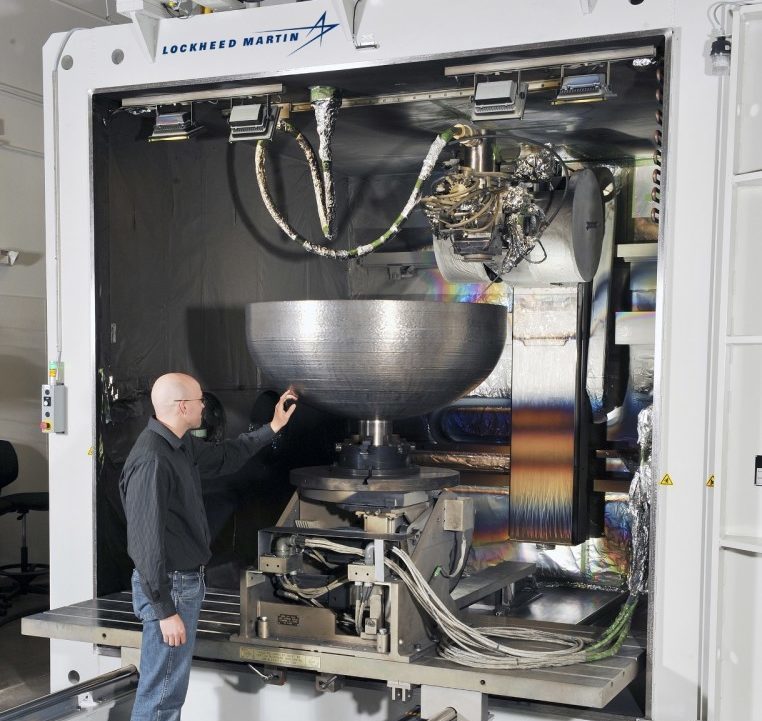 While the type of metal 3D printing technology made by Chicago-based Sciaky Inc. isn’t remotely in the neighborhood of affordable, it is still leading to incredible time- and cost-saving measures for companies like Lockheed Martin Space Systems. Using a 3D printer that costs hundreds of thousands of dollars may not seen economical, but in actuality 3D printing small run or single metal parts is a huge time and money saver for large, global corporations. Traditional manufacturing is able to keep costs down because of the economy of scale. The scale of large run parts is the key to the affordability of mass production; it may cost a lot to build a machine to injection mold products, but the same machine and process that was developed can be used hundreds of times with marginal additional cost.
While the type of metal 3D printing technology made by Chicago-based Sciaky Inc. isn’t remotely in the neighborhood of affordable, it is still leading to incredible time- and cost-saving measures for companies like Lockheed Martin Space Systems. Using a 3D printer that costs hundreds of thousands of dollars may not seen economical, but in actuality 3D printing small run or single metal parts is a huge time and money saver for large, global corporations. Traditional manufacturing is able to keep costs down because of the economy of scale. The scale of large run parts is the key to the affordability of mass production; it may cost a lot to build a machine to injection mold products, but the same machine and process that was developed can be used hundreds of times with marginal additional cost.
Paradoxically then, producing thousands of a single part ends up costing considerably less than producing 10 because the cost of producing each part is split among all of those thousands. But when you’re designing spacecraft or satellites, mass production simply isn’t a viable option. At the most manufacturers of these types of products will need perhaps a few hundred of the same part, but more commonly the need can be counted in the dozens. So while 3D printing may cost more for each individual print, the metal 3D printer can be used for any metal part, not just a specific one. That means the cost of production is distributed among everything made by that 3D printer, not just one specific type of component.
As the quality of 3D printing technology continues to be refined and improved, more companies are taking advantage of new metal 3D printing technology in greater numbers, and the technology’s ability to cut costs is now being touted as a selling point by large corporations. In a speech at the Aerospace Industries Association (AIA) Supplier Management Council Summer Meeting, the Chairman, President and CEO of Lockheed Martin, Marillyn A. Hewson, mentioned the vital role the Sciaky’s Electron Beam Additive Manufacturing (EBAM) metal 3D printer in their manufacturing facility played in producing a mission-critical titanium part for their satellite program. The focus of her remarks was on the need to develop more cost-cutting measures, and the role that advanced technology plays in that.
“Our customers’ budget constraints are having a significant influence on their decision-making. Just as our customers rely on our ability to deliver breakthrough technologies, they also need us to pursue innovation in areas like manufacturing, materials and sustainment – all of which are key drivers of cost and value. More and more, the cost-saving innovations we need to drive affordability come from our partners in the supply chain. Major advances in additive manufacturing throughout Lockheed Martin’s supplier base are making a significant impact. For example, when our Space Systems business area was looking for ways to reduce costs on our satellite parts, while also maintaining product quality, a company called Sciaky came to us with a solution,” Hewson explained to the AIA attendees.
Sciaky was approached by Lockheed Martin Space Systems back in September of 2012 hoping to get their help in developing an improved satellite propellant tank made from a light and highly durable Ti-6Al-4V (titanium) material. Lockheed Martin wanted to research the performance of 3D printed titanium and verify that any printed parts would be of the same or better quality than traditionally manufactured parts. The metallurgical experts at Lockheed Martin and Sciaky worked together for months testing and researching the technology. They ended up discovering a solution that would not only improve the quality of the propellant tank but dramatically reduce the cost, material waste and time spent using traditional forging methods.
“We worked together to develop titanium propellant tanks that can be 3D printed through the use of their electron beam additive manufacturing process. The result was a tank that met our customer’s performance standards, with an 80 percent reduction in the amount of time needed to manufacture it, a 75 percent reduction in waste and a 55 percent reduction in cost. We’re confident that innovations like these will continue to drive greater quality and reduce costs for our customers, which benefit our entire supply chain,” Hewson continued.

Sciaky EBAM technology provided many time- and cost-saving benefits for Lockheed Martin Space Systems.
The Sciaky EBAM system that Lockheed Martin has in their manufacturing facility has one of the largest printing envelopes available, and is completely scalable depending on the type of components that need to be printed. The EBAM metal 3D printer is capable of manufacturing parts that range from 8 inches long to a staggering 19 feet long. EBAM technology is also the fastest metal 3D printing process available on the market and is capable of metal deposition rates that range from 7 to 20 pounds an hour.
Their EBAM system also includes a dual wirefeed option that allows manufacturers to combine two different metal alloys in the same print job. This means that they can create their own custom alloy parts or even alter the ratio of the materials mixture during the printing process. This allows for the manufacturing of hybrid parts that won’t need to be joined or welded together before use. You can learn more about Sciaky and their EBAM technology here, and you can read Hewson’s entire speech at the AIA Supplier Management Council Summer Meeting here. Discuss further in the EBAM 3D Printer forum over at 3DPB.com.
Subscribe to Our Email Newsletter
Stay up-to-date on all the latest news from the 3D printing industry and receive information and offers from third party vendors.
You May Also Like
Gorilla Sports GE’s First 3D Printed Titanium Cast
How do you help a gorilla with a broken arm? Sounds like the start of a bad joke a zookeeper might tell, but it’s an actual dilemma recently faced by...
Nylon 3D Printed Parts Made More Functional with Coatings & Colors
Parts 3D printed from polyamide (PA, Nylon) 12 using powder bed fusion (PBF) are a mainstay in the additive manufacturing (AM) industry. While post-finishing processes have improved the porosity of...
$25M to Back Sintavia’s Largest Expansion of Metal 3D Printing Capacity Since 2019
Sintavia, the digital manufacturing company specializing in mission-critical parts for strategic sectors, announced a $25 million investment to increase its production capacity, the largest expansion to its operations since 2019....
Velo3D Initiates Public Offering in a Bid to Strengthen Financial Foundations and Drive Future Growth
Velo3D (NYSE: VLD) has been among a number of publicly traded 3D printing firms that have attempted to weather the current macroeconomic climate. After posting a challenging financial report for 2023,...


































